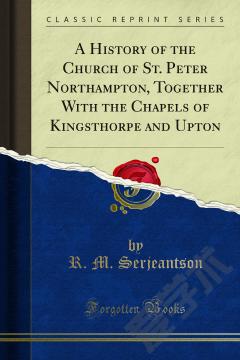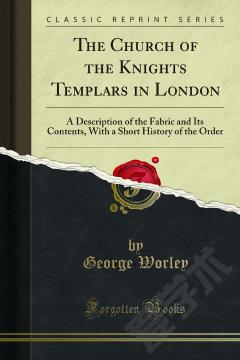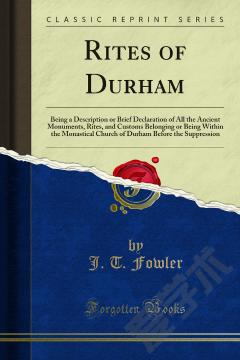Kingsthorpiana, or Researches in a Church Chest —— Being a Calendar of Old Documents Now Existing in the Church Chest of Kingsthorpe, Near Northampton, With a Selection of the Mss;, Printed in Full, and Extracts From Others
-----
The allusions to manners and customs, the circumstances and ideas of our village ancestors, may be thought worth preserving. We see, for instance, how the bailiff of Boughton rides out of Northampton with his crossbow hanging at his saddle-bow, prepared for a chance shot at a coney on the way to Kingsthorpe. The chauntry priest of Boughton, an arrant poacher probably, is assailed at his own chauntry door by the underkeeper on a charge of coney-hunting. The pious people are unable to attend High Mass on Sundays and Holydays at Boughton Church (the old one, of course, now in ruins) for fear of stumbling into a coney burrow, even the bones of the dead being unearthed and exposed to view, to the great scandal of Christian people.We see also the yeomen of Kingsthorpe, stung into resistance to an oppressive game-law, combining to meet with ploughs and horses to break up the infested grasslands, and thereby subjecting themselves to an indictment for riot. Then again there are the curious laws and ordinances by which the inhabitants of the royal manor, meeting under their bailiff at the Court Leet, were permitted to govern themselves and to exercise something like the summary power of our magistracy. These ordinances appear to have been stringent enough; there was no scruple about sending the 'myster-woman,' who was unable to support herself, out of the town, and prohibiting her return, and 'impotent folk' must stand outside the town to beg, and change their domicile before such and such a feast, under a penalty.The drinking habits of the time are suggested by more than one incidental notice.
{{comment.content}}








 京公网安备 11010802027623号
京公网安备 11010802027623号